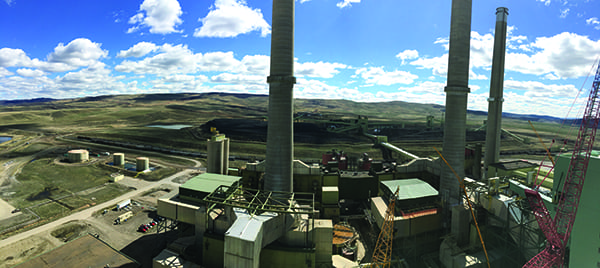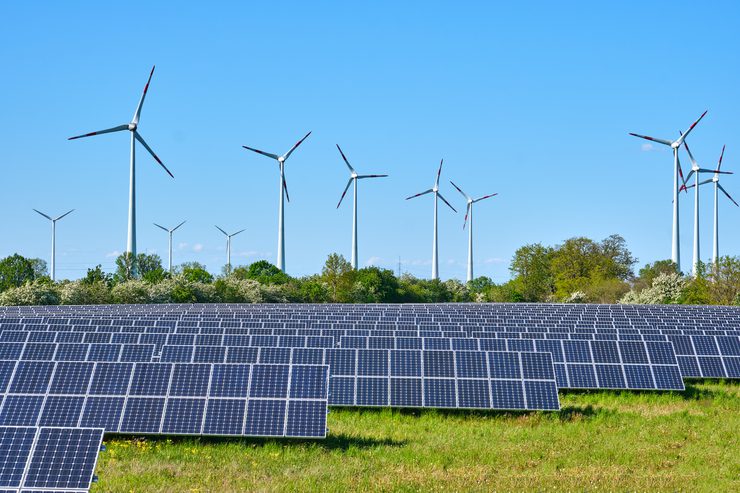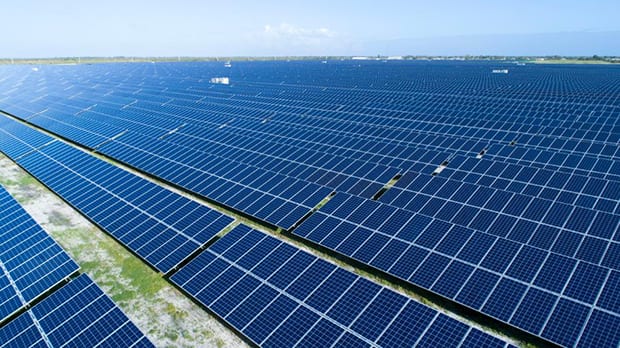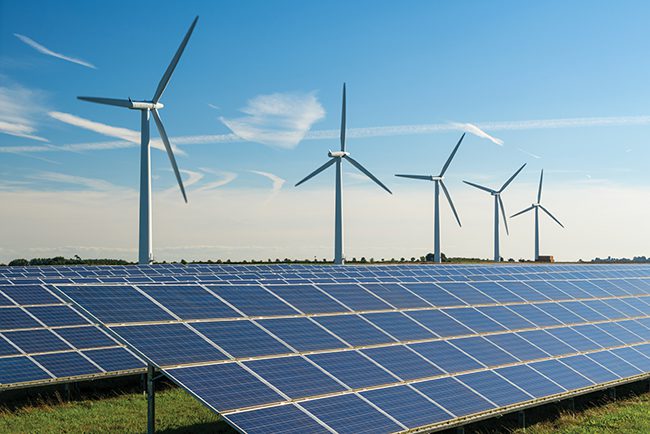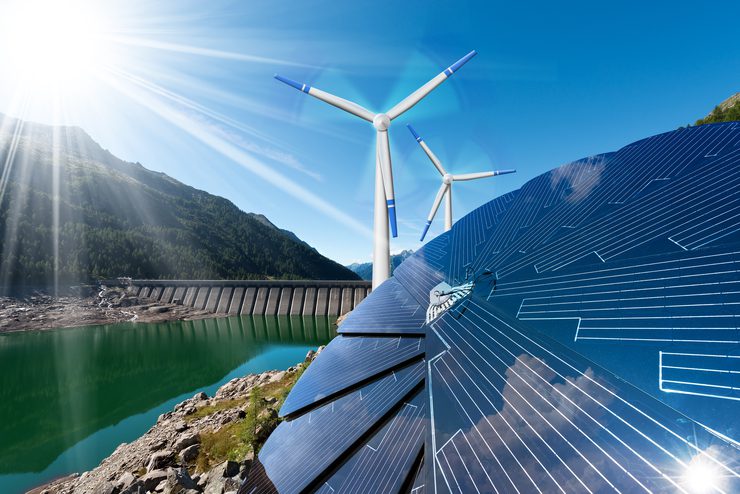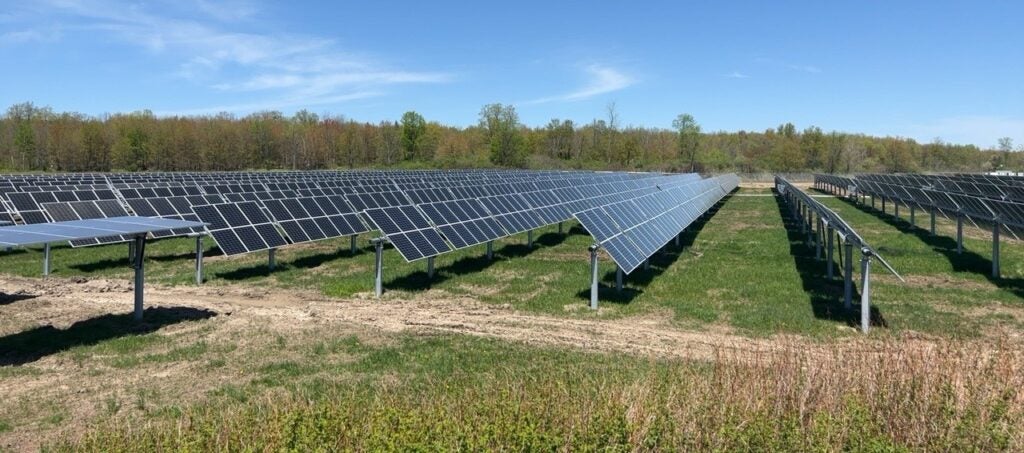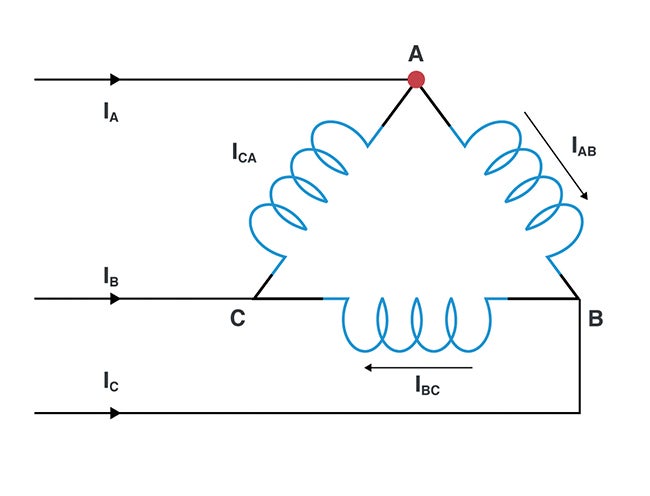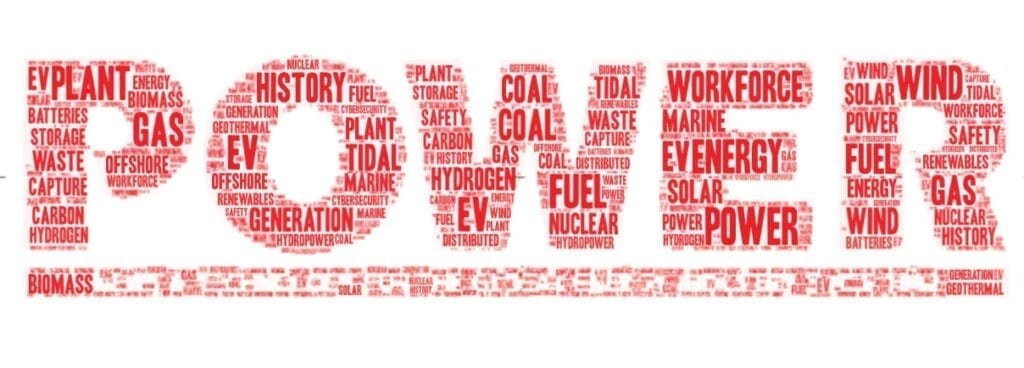
The Trump administration has announced another policy that will likely harm the U.S. renewable energy industry. New guidance from the Treasury Department announced August 15 will make it even harder for wind and solar power projects to take advantage of federal tax credits, which already were under fire from the White House.
Friday’s move is the latest in a series of actions by President Trump to strike down existing rules that support renewable energy, and is another blow to clean energy in the wake of Republican lawmakers’ recent passage of a sweeping new tax law.
Energy industry analysts said the latest action by the Treasury is part of the effort to fulfill pledges the president made to legislators in exchange for their support for the spending and tax law he signed in July. Some lawmakers, including GOP members from states with economic stakes in wind and solar, have pushed back on the new rules. The Treasury Dept. did not immediately respond to requests for comment on the new guidance.
The GOP law passed in July terminated existing investment and production tax credits for solar and wind projects that start producing electricity after 2027. It did, however, provide more time for projects that begin construction within a year. Trump subsequently directed the Treasury Dept. to “strictly enforce” the end of the credits for solar and wind installations, and also issued new guidance around what is meant by beginning construction. That guidance meant projects might not be eligible even if they met a longstanding metric, which allowed solar and wind farms to qualify for credits by taking various steps, including having already incurred 5% of a project’s total cost, or the actual start of construction.
Sarp Ozkan, director of Energy Analysis at Enverus Market Intelligence, told POWER that while “it’s a mess of guidance, it’s a phase of uncertainty that is over. We were waiting for it. The good news is that it doesn’t take away all of the pathway for safe harbor.” Safe harbor, in legal and financial matters, is a provision that protects individuals or entities from liability or penalties if they meet certain specific conditions. It’s essentially a way to encourage certain activities by providing a legal shield for those who act in good faith and follow the prescribed guidelines.
Oskan said the impact on renewable energy projects may not be as bad as it seems. “Does it change a whole lot? I don’t think it does, not really. The 5% rule was definitely going to be utilized by some [developers], such as the early stage, but those projects were always a long shot anyway given where we are in the supply chain. Although it seems very negative on first read because it’s a change, it’s not going to impact developers too much. The other piece of it that I think is interesting, it is still very open-ended, even for the physical work requirements. There’s a lot of words in there that make it opaque. Without quantification, those are open to interpretation.”
Ozkan said it’s important for power generators and investors to have certainty, in order to make decisions about any power generation project, be it thermal or renewable. “We’ve become accustomed to uncertainly with everything coming out of this administration,” he said, adding, “The slowdown of any energy generation-related buildout is not just a blow to ambitions for clean energy developers, it’s also a blow to our data center needs. These [renewable energy] projects that are at later stages that have the chance to come online quickest. And even if the administration wants to go the pathway of more thermal generation, those have a much longer timeline to build, even with efforts to fast-track those projects.”
Unprecedented Action
Clean energy developers along with attorneys well-versed in tax law have called the guidance potentially illegal, and certainly unprecedented. The guidance says it is “is effective for applicable wind and solar facilities the construction of which did not begin … prior to September 2, 2025.”
The new rules will require all wind power projects, and all but small solar projects, to show they are conducting physical construction, rather than relying on the 5% safe harbor as previously recognized. Only solar projects less than 1.5 MW, which means most rooftop solar installations, would continue to qualify under safe harbor. New projects also will need to show they are continuously under construction, though some exceptions could be granted depending on the “relevant faces and circumstances” of the delay.
Republican Sen. Charles Grassley of Iowa, among the lawmakers who has questioned Trump’s actions around renewable energy, said he would continue to object to the consideration of nominees to Treasury posts until he is “certain that such rules and regulations adhere to the law and congressional intent.”
Mike Carr, executive director of the Solar Energy Manufacturers for America (SEMA) Coalition, in a statement emailed to POWER wrote that SEMA’s membership was pleased to receive some certainty regarding future projects.
“We welcome Treasury’s release of guidance that provides our members and their customers further clarity on the implementation of key demand-driving energy tax credits,” said Carr. “While we are still evaluating the full impact, we believe the guidance provides a pathway for projects to claim the domestic content bonus for buying American-made solar products. The issuance of this guidance will help deliver market certainty for American manufacturers in the near term.
“We appreciate those who worked with us on this critical issue—in Congress and the administration—and remain committed to working with administration officials to ensure future guidance further supports American solar manufacturing and limits our reliance on Chinese-controlled supply chains,” said Hall.
‘Rules Will Make it More Difficult and Expensive to Build’
Heather O’Neill, president and CEO of Advanced Energy United, an energy industry business group that works to shape state and regional policy, told POWER, “At a time when we need energy abundance, these rules create new federal red tape. They eliminate long-standing precedent for how companies demonstrate they’ve begun project development. These rules will make it more difficult and expensive to build and finance critical energy projects in the U.S. that are needed to power homes, small businesses, and new manufacturing and industry dependent on reliable and affordable energy.”
O’Neill added, “While our industry responds to these changes, governors and state leaders must take urgent action to help already-proposed projects make it across the finish line. With energy demands set to soar and jobs at risk, states across the country should take executive action to speed up project procurement, siting, and permitting approvals while longer-term reforms are made. Consumers will be hit with higher energy bills and a less reliable grid unless state leaders prioritize bringing low-cost, ready-to-build clean energy online as fast as possible.”
Jason Grumet, CEO of the American Clean Power Association (ACP), in an email to POWER wrote: “The Treasury Department’s decision to accelerate the phase out of clean energy tax credits undermines the integrity of our energy grid and our legislative process. In the One Big Beautiful Bill Act, Congress explicitly chose to provide energy companies with one year to phase out tax credits to keep energy prices low while meeting growing power demand. We acknowledge and appreciate the hard work of Senators who led the effort to elevate pragmatism over partisanship in the legislative process. Their continued advocacy to protect this legislative agreement was instrumental in avoiding greater impediments to energy deployment.”
‘Side Deal’ to Derail Renewables
Abigail Ross Hopper, president and CEO of the Solar Energy Industries Association (SEIA), in a statement said: “The Treasury Department’s new guidance to further restrict energy tax credits is part of an unprecedented side deal the administration made with anti-clean energy ideologues to undermine Congress and further harm America’s solar industry. This is a blatant rejection of what Congress passed in H.R. 1, and it threatens thousands of small businesses across the country that are the backbone of our clean energy economy.
“This is yet another act of energy subtraction from the Trump administration that will further delay the buildout of affordable, reliable power. American families and businesses will pay more for electricity as a result of this action, and China will continue to outpace us in the race for electricity to power AI,” said Hopper, echoing the comments of others in the energy industry who have said attacks on renewable energy harm efforts around Trump’s call for U.S. “energy dominance.”
“SEIA is carefully reviewing the guidance and evaluating next steps to protect the industry’s and America’s interests, as we have been since this side deal was announced last month,” said Hopper. “In the meantime, we urge the Trump administration to stop the political games, stop punishing businesses, and get serious about how to actually build the power we need right now to meet demand and stay competitive.”
Aaron Hall, president at Anza, a solar-plus-storage procurement platform, told POWER: “The Treasury’s decision to close the ‘5% spend’ safe harbor pathway will significantly impact the industry. For many developers, this safe harbor provision has been a critical lever for securing tax credits.
“Now, nearly all developers are in a race to commence construction, but this will be easier for larger, well-capitalized developers. Smaller and mid-sized developers without the necessary balance sheet will face more challenges. And while the Treasury’s carveouts for residential, rooftop, covered parking, and small community solar under the threshold are welcome, they do not offset the overall headwind. The industry is worse off today than it was yesterday,” said Hall.
Hall added, “This decision comes against a broader backdrop of pending trade barriers, tariffs, and duties that could further affect project economics. The industry is also awaiting new FEOC [Foreign Entity of Concern] guidance, which will play a role in shaping development strategies and timelines.”
The guidance is expected to stall or halt “hundreds” of planned wind and solar projects, according to some industry analysts, though others such as Ozkan said it could whittle out projects that likely would not have been built regardless of tax credits. Adrian Deveny, founder and president of Climate Vision, a policy advisory firm, in comments to POLITICO, cautioned the new guidance would “pull the rug out from under the entire pipeline of wind and solar projects that are in development.” Deveny previously served as a policy director for New York Democratic Sen. Chuck Schumer and worked on the clean energy credits included in the 2022 Inflation Reduction Act.
—Darrell Proctor is a senior editor for POWER.









